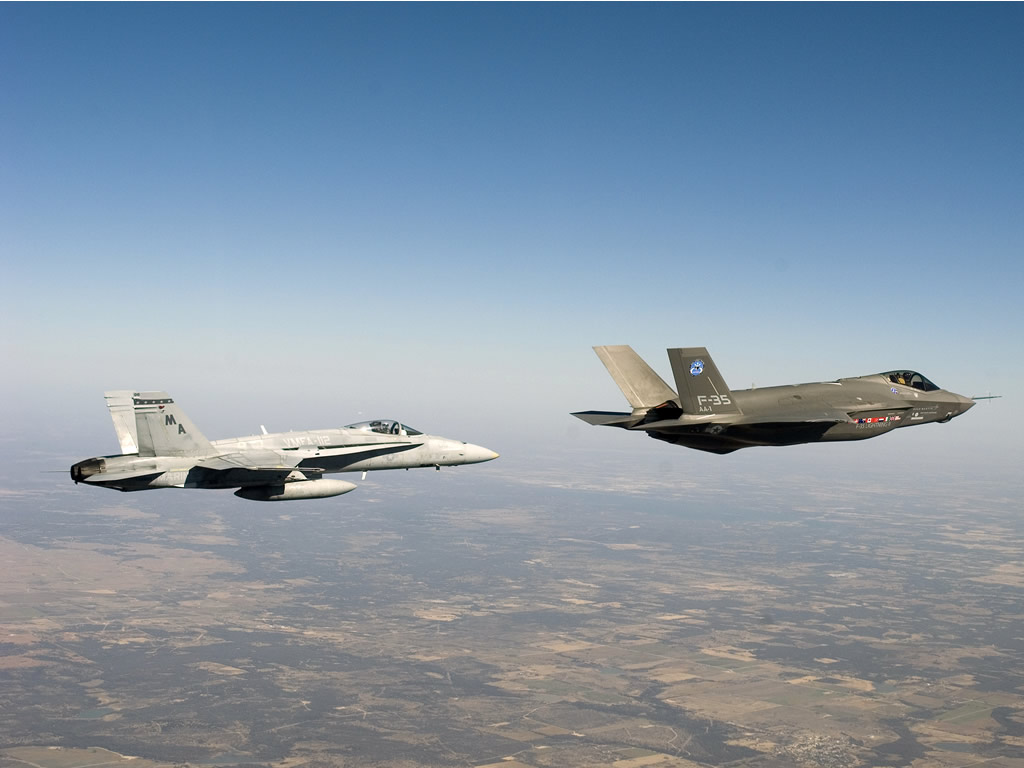Intellectual Property (IP) is a key factor in furthering and maintaining North American defence capabilities. In the uncertain and increasingly competitive environment facing contemporary defence industries, constant innovation through continued research and technological development (R&D) is crucial in maintaining strategic technological edge.
As Canadian firms continue to compete in the global supply chain, access to new technology may be limited in the long run without a solid IP regime that would encourage accountability and transparency in the market. Current uncertainty in the market dissuades the licensing of patents that produce high-value and skilled work in Canada, driving up procurement costs.
It would be in Canada’s long-term economic and strategic defence interests to encourage R&D initiatives through a strengthened IP regime that would protect IP rights should technology transfers occur under industrial policy.
IP Environment in the Canadian Defence Industry
Canada and the U.S are strategic partners. As America’s closest ally, a flourishing Canadian economy and strengthened defence industrial base with the potential to co-share in R&D would be in the interests of both countries. R&D intensive American defence firms are competitive in the Canadian defense procurement process, and winning bidders are required to work with Canadian suppliers under Canada’s Industrial and Technological Benefits (ITB) policy. This bilateral relationship presents a unique opportunity to create an IP environment that would maximize economic and defence goals.
Currently there is room for improvement in creating an IP framework with sufficient incentives to maintain innovation in Canada. A lack of consistency has been noted among IP regulations across funds for costly R&D programs such as The Strategic Aerospace and Defence Initiative (SADI), further entangling the procurement process. Furthermore, Canada does not have a formal IP protection process for trade secrets, or information that is valued because it is a secret unlike The 2016 U.S Defend Trade Secrets Act that provides a federal jurisdiction for trade secrets . Companies like Boeing, which license their patents to defence firms in their supply chain, have noted that technology transfers that occur under industrial policy can drive up costs in hedging against risk that such knowledge transfers are leaked to competitors. This uncertainty translates to greater procurement costs and a greater incentive to keep high-tech, high-value work within national borders.
A structure that would encourage continued value-added knowledge-transfers, through ensuring consistent IP rights, contributes to long-term economic growth and a strengthened industrial defense base in Canada. Access to more valuable know-how would allow Canadian defence firms to diversify from simpler component build-to-print firms without R&D overheads (i.e. building from a set design) to more R&D capable facilities, and a chance to compete in more complex procurement projects. In this way, Canada can maximize short term trade through continued competitive exports as well as develop long-term economic and strategic competitiveness through fostering Canadian firms with R&D capabilities.
The uncertainty pertaining to the protection of IP rights may also narrow the applications of technological transfers, such as limiting transfers to providing a niche capability in a supply chain. Assuring the protection of rights through a more formal framework may open potential for useful technologies to be used in other sectors such as health, maximizing benefit from substantial procurement projects. Furthermore an effective IP structure could also foster an environment for Canadian technology companies to remain in Canada, as opposed to contributing to the phenomenon of “IP flight” where more IP is lost. In these ways, Canada would benefit from the development of an IP regime that drives innovation.
R&D remains exceedingly costly to maintain, and as the global defence market becomes increasingly saturated with competitors, it will be in the interests of
American defence firms to co-share R&D investments in maintaining technological edge. As a strategic partner in the North American alliance, Canada retains a unique position to maximize long-term economic and industrial development. Given the promise of leveraging a key bilateral relationships and the potential of value-added technological know-how, a strengthened IP infrastructure would align with Canada’s long-term economic and strategic interests.
Photo: Space Shuttle Discovery Over Earth (2011), by NASA via Flickr, licensed under CC BY-NC 2.0
Disclaimer: Any views or opinions expressed in articles are solely those of the authors and do not necessarily represent the views of the NATO Association of Canada.




